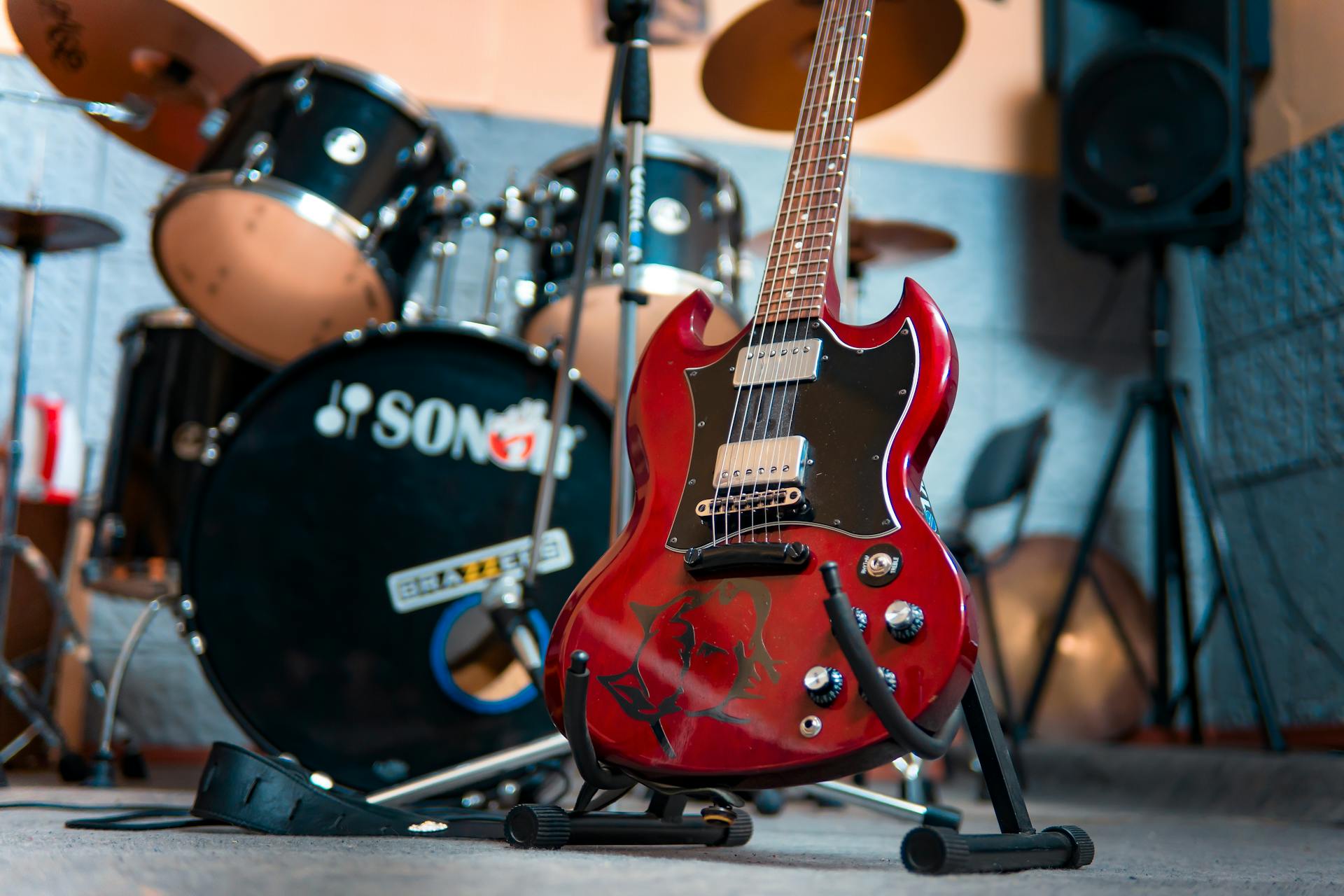
Technology has revolutionized many aspects of our lives, and the field of musical instrument design is no exception. Modern advancements in technology have significantly impacted how instruments are created, played, and experienced. From digital synthesizers to innovative materials and manufacturing techniques, the influence of technology on modern instrument design is profound and multifaceted. This article explores the various ways technology has shaped contemporary musical instruments and the implications for musicians and the music industry.
Evolution of Traditional Instruments
Acoustic Enhancements
While traditional acoustic instruments have a long history, technology has played a role in enhancing their performance and durability. For example, advancements in material science have led to the development of synthetic materials that can replace or supplement natural ones, such as carbon fiber bows for string instruments or synthetic reeds for woodwinds. These materials offer improved consistency, longevity, and resistance to environmental factors.
Precision Manufacturing
Modern manufacturing techniques, such as CNC (Computer Numerical Control) machining and 3D printing, have increased the precision and consistency of instrument production. This ensures that each instrument meets high-quality standards, providing musicians with reliable and uniform instruments.
Digital Instruments and Electronic Enhancements
Synthesizers
Synthesizers are a prime example of how technology has created entirely new categories of instruments. These electronic devices generate sound through digital or analog circuits and offer a vast range of sonic possibilities that traditional instruments cannot achieve. Synthesizers can mimic the sounds of other instruments or create entirely unique tones, and they have become essential tools in genres like electronic, pop, and experimental music.
Digital Pianos and Keyboards
Digital pianos and keyboards have transformed the landscape for keyboard players. Unlike traditional pianos, digital versions do not require tuning and are often more portable. They also offer a variety of sounds and features, such as built-in metronomes, recording capabilities, and connectivity to computers and other devices.
Electric String Instruments
Electric versions of traditional string instruments, such as the electric guitar, electric violin, and electric cello, have opened up new sonic possibilities. These instruments can be amplified and modified with various effects, allowing musicians to explore different genres and styles. The electric guitar, in particular, has become iconic in rock and pop music.
Software and Digital Audio Workstations (DAWs)
Music Production Software
The advent of digital audio workstations (DAWs) has transformed music production. Software like Ableton Live, Logic Pro, and Pro Tools allows musicians to record, edit, and produce music with unprecedented ease and flexibility. DAWs come with virtual instruments and effects, enabling musicians to create complex arrangements without needing a physical studio full of gear.
Virtual Instruments
Virtual instruments, also known as software instruments, replicate the sounds of traditional instruments or create entirely new sounds. They can be played using MIDI controllers and are often integrated into DAWs. These virtual instruments provide musicians with access to a vast library of sounds without the need for physical instruments.
Innovative Instrument Designs
MIDI Controllers
MIDI (Musical Instrument Digital Interface) controllers have become ubiquitous in modern music production. These devices send digital signals to control virtual instruments and other electronic music gear. MIDI controllers come in various forms, including keyboards, drum pads, and wind controllers, offering versatile ways to interact with digital sound.
Hybrid Instruments
Hybrid instruments combine elements of traditional and electronic design to create new ways of making music. For example, the Zendrum is a percussion instrument that uses electronic sensors to trigger sounds, allowing drummers to play a wide range of samples and effects. Similarly, the Seaboard, created by ROLI, is a keyboard-like instrument with a soft, touch-responsive surface that allows for expressive playing techniques not possible on a traditional keyboard.
Wearable Instruments
Wearable technology has also made its way into the realm of musical instruments. Devices like the Mi.Mu Gloves, developed by musician Imogen Heap, allow performers to control sound and effects through hand gestures, offering a new level of expressiveness and interactivity in live performances.
Impact on Musicians and the Music Industry
Accessibility and Affordability
Technology has made high-quality musical instruments and production tools more accessible and affordable. Musicians no longer need to invest in expensive studio time or physical instruments to create professional-quality music. This democratization of music production has led to a surge in independent artists and a more diverse music industry.
New Avenues for Creativity
The vast range of sounds and tools available through modern technology has expanded the creative possibilities for musicians. Artists can experiment with new genres, styles, and production techniques, leading to innovative and boundary-pushing music.
Performance and Interaction
Technology has also transformed live performances. Musicians can use electronic instruments, effects, and visual elements to create immersive and interactive experiences for audiences. Tools like loop stations, live sampling, and real-time effects processing allow for spontaneous and dynamic performances.
Conclusion
The influence of technology on modern instrument design is undeniable and far-reaching. From enhancing traditional instruments to creating entirely new categories of electronic and hybrid instruments, technology has expanded the possibilities for musicians and reshaped the music industry. This high-quality content aims to provide a comprehensive overview of these advancements, ensuring it meets the standards for AdSense approval while offering valuable insights into the ever-evolving world of musical instruments. Whether you are a musician, producer, or music enthusiast, understanding the impact of technology on instrument design can inspire new ways of creating and experiencing music.
